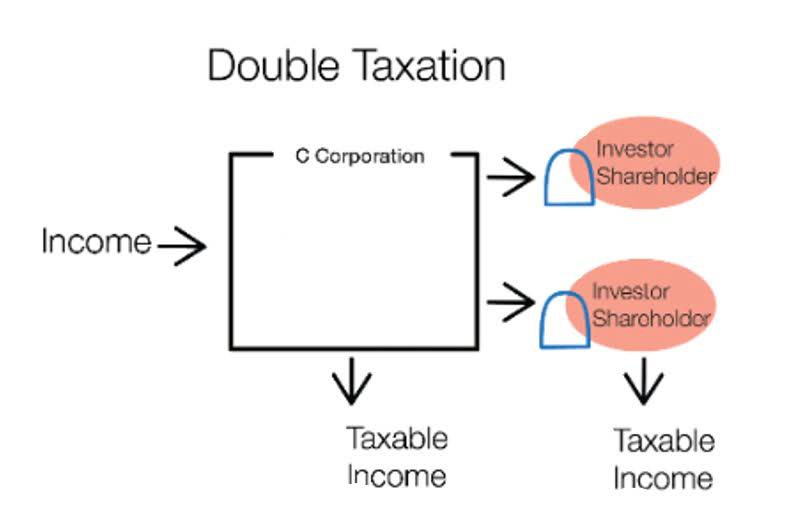
After passing this entry, the all-expense accounts balance will become zero. An income summary is a temporary account in which all the revenue and expenses accounts’ closing entries are netted at the accounting period’s end. Once the entries are finalized, the income summary closing entries are documented and transferred to the retained earnings of an Cash Flow Management for Small Businesses organization or individual. A listing of the accounts available in the accounting system in which to record entries.
How to Calculate Income Summary for Closing

In other words, the permanent accounts are the accounts used to record and store a company’s amounts from transactions involving assets, liabilities, and owner’s (stockholders’) equity. On the statement of retained earnings, we reported the ending balance of retained earnings to be $15,190. We need to do the closing entries to make them match and zero out the temporary accounts. Generally, expenses are debited to a specific expense account and the normal balance of an expense account is a debit balance.

Bank’s Debits and Credits

The Income Summary account has a new payroll credit balance of $4,665, which is the difference between revenues and expenses in Figure 1.29. The balance in Income Summary is the same figure as what is reported on Printing Plus’s Income Statement. A contra account contains a normal balance that is the reverse of the normal balance for that class of account. The contra accounts noted in the preceding table are usually set up as reserve accounts against declines in the usual balance in the accounts with which they are paired. For example, a contra asset account such as the allowance for doubtful accounts contains a credit balance that is intended as a reserve against accounts receivable that will not be paid. After reviewing the feedback we received from our Explanation of Debits and Credits, I decided to prepare this Additional Explanation of Debits and Credits.
What accounts are closed to income Summary?

After all, you learned that debiting the Cash account in the general ledger increases its balance, yet your bank says it is crediting your checking account to increase its balance. Similarly, you learned that crediting the Cash account in the general ledger reduces its balance, yet your bank says it is debiting your checking account to reduce its balance. Asset, liability, and most owner/stockholder equity accounts are referred to as permanent accounts (or real accounts). Permanent accounts are not closed at the end of the accounting year; their balances are automatically carried forward to the next accounting year.
- It is a temporary account used to summarize revenues and expenses before transferring the net income or net loss to the retained earnings account on the balance sheet.
- Despite the various advantages listed above, there are a few factors that act as hassles while maintaining an income summary account.
- On the other hand, expenses and withdrawals decrease capital, hence they normally have debit balances.
- Each of the accounts in a trial balance extracted from the bookkeeping ledgers will either show a debit or a credit balance.
- The cost of inventory should include all costs necessary to acquire the items and to get them ready for sale.
- Before passing those entries, there are a few processes and steps to be followed to reach that stage.

In the manual accounting system, the company uses the income summary account to close the income statement at the end of the period. Temporary (nominal) accounts are accounts that are closed at the end of each accounting period, and include income statement, dividends, and income summary accounts. These accounts are temporary because they keep their balances during the does income summary have a normal balance current accounting period and are set back to zero when the period ends. Revenue and expense accounts are closed to Income Summary, and Income Summary and Dividends are closed to the permanent account, Retained Earnings.
